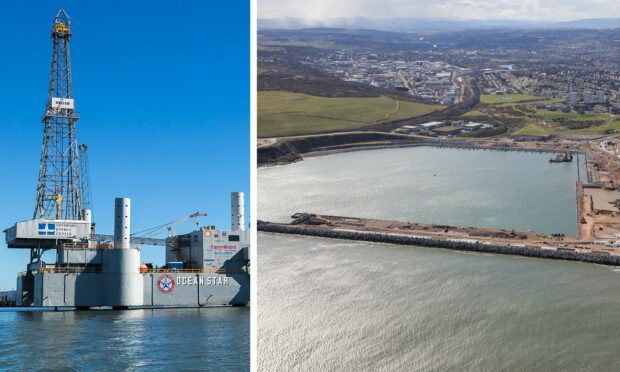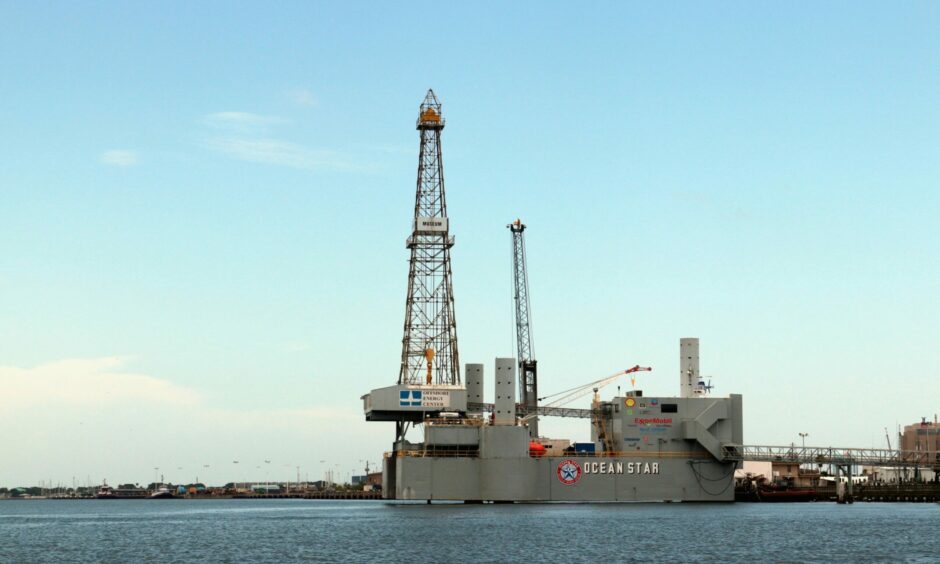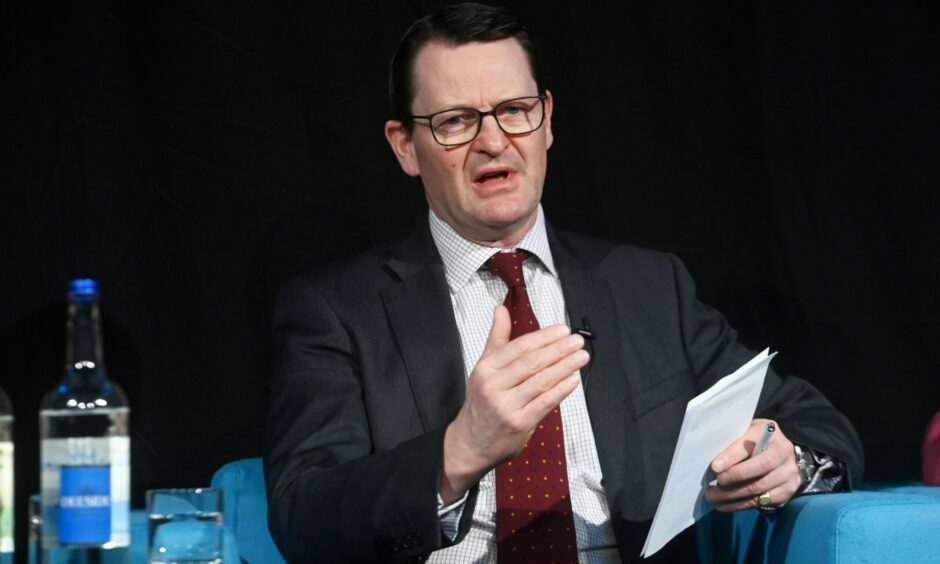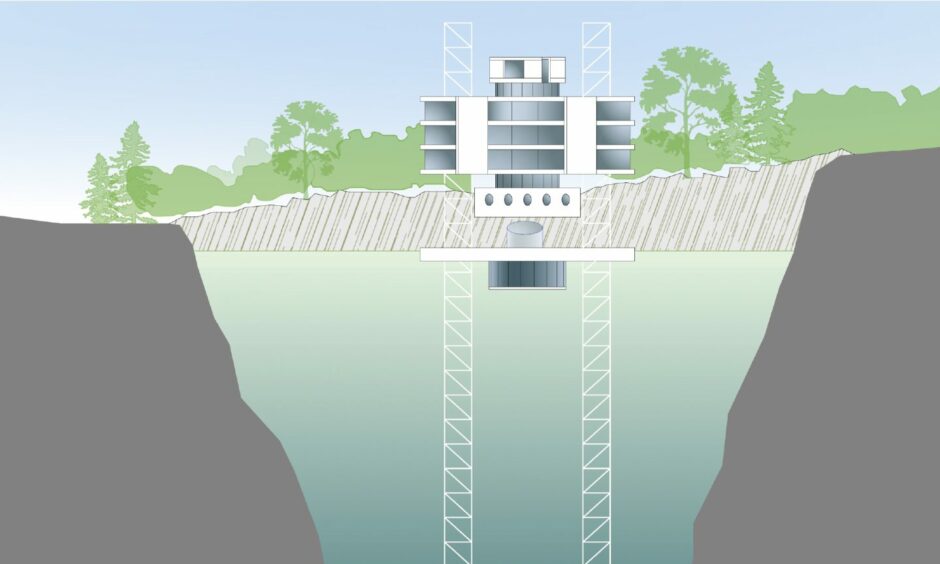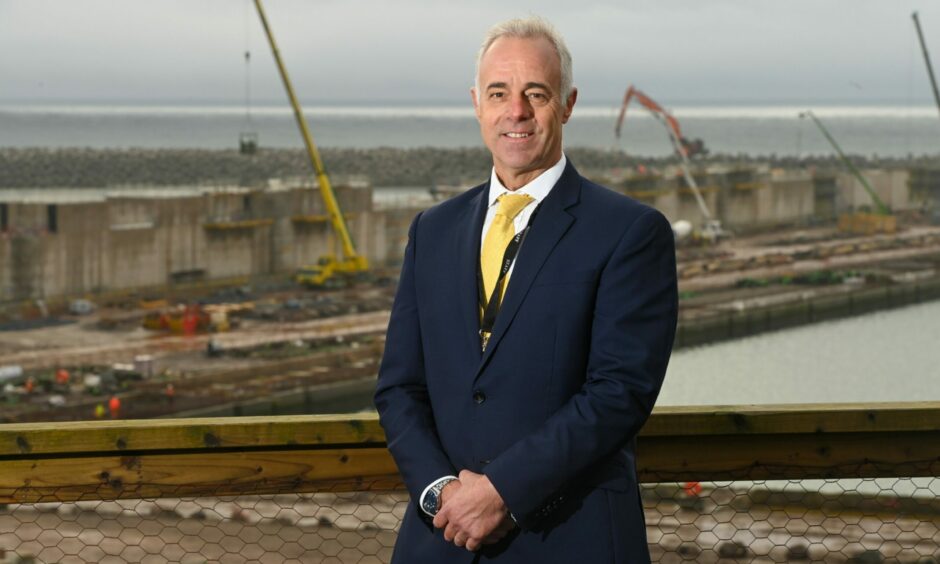Aberdeen has been urged to cash in on European oil capital status, emulating the likes of Texas, Berlin, Viborg and Istanbul by opening a national energy museum.
The suggestion, by a senior figure at Visit Scotland, has reignited hopes for a visitor attraction, based at the city’s new south harbour, on a decommissioned North Sea oil rig.
Rob Dickson, the tourist board’s director of industry and destination development, lamented the lack of an energy centre as a “missed opportunity”.
Could a national energy museum really be built on a decommissioned oil rig in Aberdeen?
Across the Atlantic Ocean in Galveston, Texas, the retired Ocean Star rig was parked in the city’s harbour and converted into a museum, detailing the history of the oil and gas industry.
In Bjerringbro in Viborg, Denmark, tourists can visit the energy museum – formerly the electricity museum – to learn about the history of energy and the green transition only a stone’s throw from the country’s largest hydropower plant.
An old power plant, the first to be commissioned by the Ottomon Empire, provides the setting for Istanbul’s energy museum on a university campus which also includes an amphitheatre, library and concert hall.
The bright sparks at Berlin’s Elektropolis offer a similar experience at the German city’s energy museum.
And so, the backers of an oil rig museum ask, why shouldn’t Aberdeen make more of its storied past with the oil and gas industry, as it sits on the cusp of the net zero carbon transition?
Tourism official brands lack of energy museum a ‘missed opportunity’ for visitors to Aberdeen
Arriving in Aberdeen, senior Visit Scotland official Mr Dickson revealed he was struck by how little has been made of the Granite City’s status in the global industry.
Mr Dickson, who joined the Scottish tourism quango last May, said north-east hopes in attracting tourists after coronavirus depended on establishing “a very clear narrative” about the area.
“Why does Aberdeen and the north-east not have a national energy centre or museum? The area has led the way for many decades in terms of energy,” he said.
“Your future is in energy in such a significant way that I think there is a story – a different story – to tell.
“The discussion around the energy transition is fascinating and, as the father of teens just starting secondary school, their future is one that is challenged by climate change.
“It seems to me that Aberdeen has a phenomenal history around energy and will play a massive role in the future.
“And yet, as I looked while travelling north on the train from Edinburgh, there’s not much about that.”
Mr Dickson was visiting to speak at a council-organised conference looking at the way forward for Aberdeen.
And he urged political leaders elected in May to seriously consider the idea of the museum, believing tourism needed to be “cemented” in the regional economy for the north-east to thrive after oil.
Calls add to museum ideas on Aberdeen’s to-do list
Ideas have flowed recently for new museums in Aberdeen, as city chiefs look to capitalise to a staycation boom.
Earlier this month, council officials were tasked with looking at opening a north-east branch of the Natural History Museum in the former John Lewis building at Norco House in George Street.
However, it has since been reported current tenants NHS Grampian have their own plans for the site, which is being presently being used as a Covid vaccination centre.
Meanwhile, veteran doctors hope a medical museum in the old Woolmanhill Hospital could prove a “goldmine” for the local economy.
An oil rig museum has been discussed in Aberdeen for years
It was Oldmeldrum architect George Simpson who first brought forward plans for an oil rig tourist attraction, which he wanted to be built in Rubislaw Quarry in 2018.
He originally planned for the visitor centre, complete with underwater restaurants and diving bell trips, to also celebrate the heritage of Aberdeen’s granite excavation, which gave the city its famous moniker.
The idea came after his stint in the oil and gas industry came to an end – without him making it to an offshore platform.
He told us: “It never happened and I just wonder how many people in Aberdeen have actually managed to get to a rig.
“To me, the idea of having an energy museum on an oil rig is a very good one.
“Some are more keen on it being in the harbour, like it is in Texas.
“It could be anywhere but it is going to be essential for Aberdeen and just has to be looked at.”
Mr Simpson has himself come around to the idea of the decommissioned installation being near the new harbour, which it’s thought would be a European first.
The prospect of 245 flats on the northern edge of Rubislaw Quarry is a contributing factor to his change of heart – while others, including 30-year oil veteran Bill Skidmore, believe, for authenticity’s sake, North Sea oil rigs “belong in the sea”.
Vocal city campaigner Mr Skidmore previously suggested the likes of the now-dismantled Brent Alpha platform for attraction, which he thinks should be off Aberdeen beach.
His idea of a North Sea museum would include the potential for access by survival craft, meals in the mess hall and even the chance of overnight stays.
Harbour board supportive of national energy museum idea – but maybe not in its new £350m south harbour
A spokesman for Aberdeen Harbour Board did not directly address that prospect when asked for comment.
Chief executive Bob Sanguinetti was another panellist at the Transforming Aberdeen event where Mr Dickson urged action.
His spokesman did tell us the port organisation thought the city would be the “ideal location” for a national energy museum, given its “rich heritage and exciting future ahead”.
“There is a significant opportunity to increase tourism to Aberdeen and north-east Scotland and our port expansion project will be able to accommodate larger cruise vessels visiting the region,” he added.
It’s hoped the deeper berth will allow packed cruise ships to stop in the north-east, as well as bigger decommissioning traffic.
